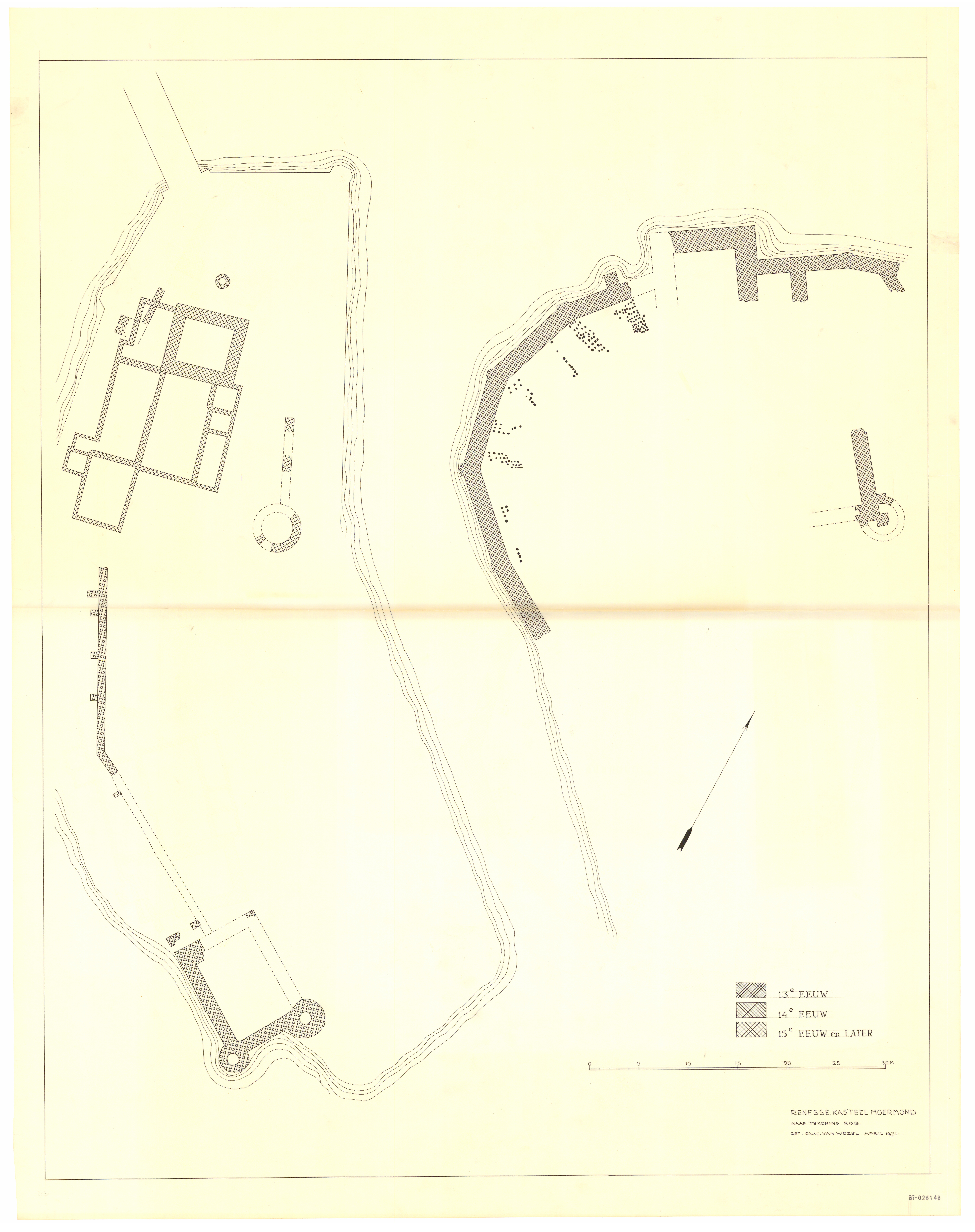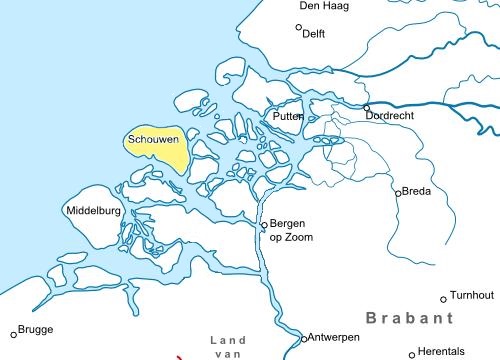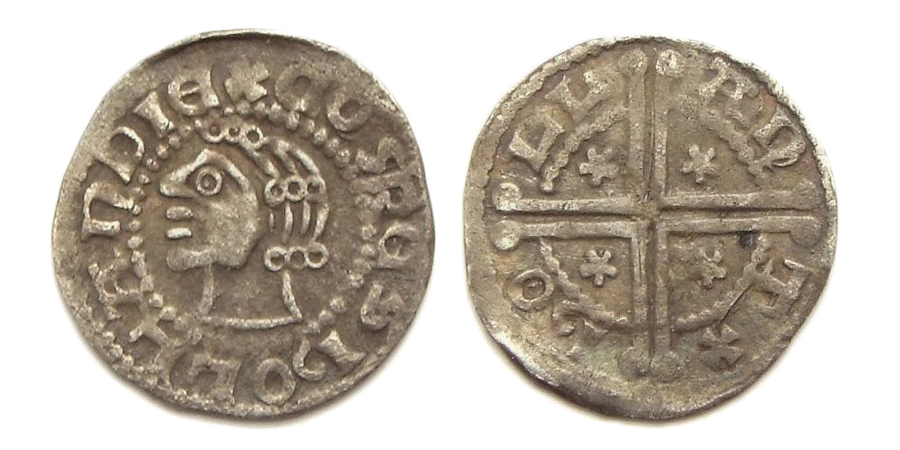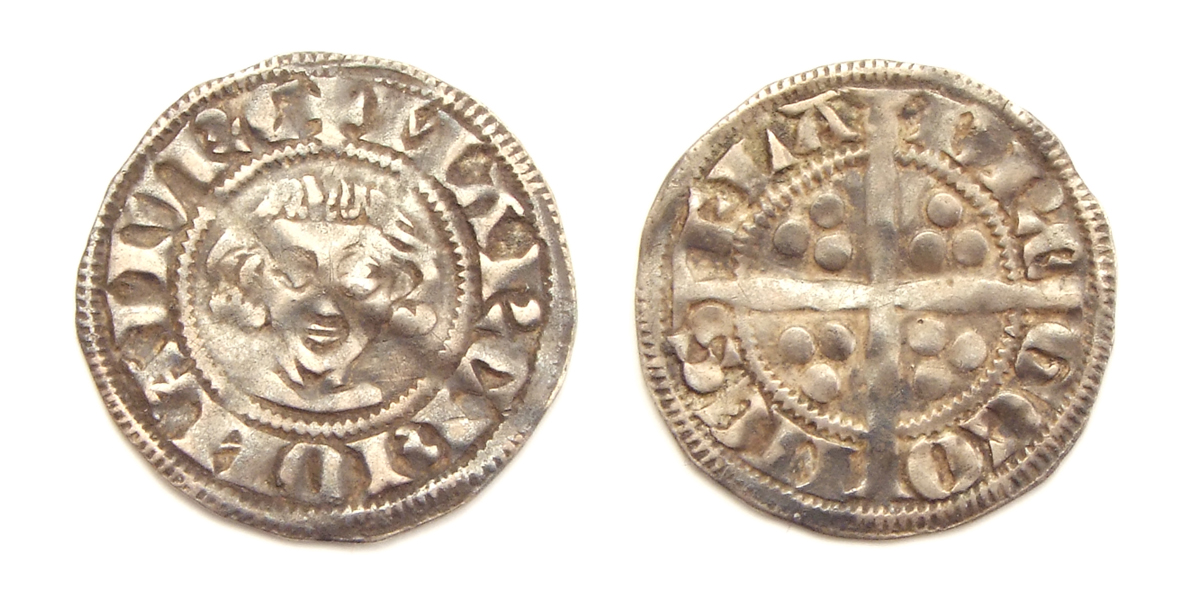|
Moermond Castle
Moermond Castle is a castle in Renesse on Schouwen-Duiveland. Castle Characteristics The first castle The first castle was built northeast of the current castle. It was a water castle that was destroyed in about 1297. The first castle was never seen till it was rediscovered during the 1956 excavations. This first castle was polygonal. Judging from the estimated one third that was found in the 1950s, it formed a rough circle. The wall was about 1.60 m wide, and has small outward protrusions on the corners. On the northwest side a square tower was part of the wall. Its walls were 2.25 m thick. As this tower interrupts the line of the wall, one might suppose that it was a gatehouse, like that of Egmond Castle. The parts that were uncovered allowed archaeologists to calculate that the diameter of the circle would have been about 60 m. On the inside of the wall, clusters of foundation piles were found at regular intervals, see plan with excavations. Judging from t ... [...More Info...] [...Related Items...] OR: [Wikipedia] [Google] [Baidu] |
Renesse
Renesse ( zea, Renisse) is a village in the Dutch province of Zeeland. It is a part of the municipality of Schouwen-Duiveland, and lies about 28 km west of Hellevoetsluis. Renesse is a popular tourist resort with zero-fare bus services in the area (in summer only). History The village was first mentioned in 1244 as Rietnesse, and is a combination of headland and reed. Renesse is a circular church village near the dunes. In 1229, Floris V, Count of Holland donated the land to Costijn van Zierikzee who built a castle near the village. Moermond Castle was built in 1229, but destroyed in 1297. Before 1339, a new smaller castle was built, but became derelict. The gate house of around 1400 was converted in a summer residence in 1513 which became the basis of the current castle. It was severely damaged during the North Sea flood of 1953. Between 1958 and 1960, it was restored and the walls around the castle were rebuilt with three towers. The Dutch Reformed church is a single ... [...More Info...] [...Related Items...] OR: [Wikipedia] [Google] [Baidu] |
Schouwen
Schouwen is the name of a former island of the Dutch province of Zeeland. Plaatsengids.nl The island of Schouwen was joined to Duiveland Duiveland is the name of a former island and a former municipality in the Dutch province of Zeeland.
The island of Duiveland was joined to Schouwen in 1610, forming the island of Schouwen-Duiveland. It is the eastern part of the current island.
Th ... in 1610, forming the island of Schouwen-Duiveland. It is the western part of the current island.
References [...More Info...] [...Related Items...] OR: [Wikipedia] [Google] [Baidu] |
Lek River
The Lek () is a river in the western Netherlands of some in length. It is the continuation of the Nederrijn after the Kromme Rijn branches off at the town of Wijk bij Duurstede. The main westbound waterway is hereafter called the Lek River. The Nederrijn is, itself, a distributary branch of the river Rhine. Portions of the river form the boundary between the provinces of Utrecht and Gelderland, and between Utrecht and South Holland. In Roman times, the Nederrijn flowed into the Kromme Rijn and these streams were the main outflow of the river Rhine. When the Kromme Rijn began to silt up in the Middle Ages, the Lek became the primary branch. A short distance past Wijk bij Duurstede, the river intersects with the Amsterdam-Rhine Canal, which continues south towards the Waal. A branch of this canal, the ''Lekkanaal'' (Lek Canal) is connected to the river at the city of Nieuwegein. Other major towns on its banks are Culemborg, Vianen, Schoonhoven, Nieuw-Lekkerland, Lekkerker ... [...More Info...] [...Related Items...] OR: [Wikipedia] [Google] [Baidu] |
John II, Count Of Holland
John II (1247 – 22 August 1304) was Count of Hainaut, Holland, and Zeeland. Life John II, born 1247, was the eldest son of John I of Hainaut and Adelaide of Holland.Detlev Schwennicke, ''Europäische Stammtafeln: Stammtafeln zur Geschichte der Europäischen Staaten'', Neue Folge, Band II (Marburg, Germany: Verlag von J. A. Stargardt, 1984), Tafel 22 He became Count of Hainaut on the death of his grandmother, Countess Margaret I of Hainaut. John continued the war between the House of Dampierre and the Avesnes family against Count Guy of Flanders for Imperial Flanders. John II became Count of Holland in 1299 upon the death of his cousin John I.Johan C H Blom, ''History of the Low Countries'' (New York: Berghahn Books, 2006), p. 58 The personal union he established between Hainaut and Holland–Zeeland lasted for another half-century. John I's father, Floris V, had been fighting against Flanders for Zeeland.Johan C H Blom, ''History of the Low Countries'' (New York: Berghahn B ... [...More Info...] [...Related Items...] OR: [Wikipedia] [Google] [Baidu] |
John I, Count Of Holland
John I (1284 – 10 November 1299) was Count of Holland and son of Count Floris V. John inherited the county in 1296 after the murder of his father. Shortly after his birth, after negotiations between Floris and King Edward I of England in April 1285, he was betrothed to Elizabeth, a daughter of Edward and Eleanor of Castile. Soon after this the infant John was sent to England to be raised and educated there at Edward's court. In 1296, after the murder of John's father Count Floris V, King Edward invited a number of nobles from Holland with English sympathies, amongst whom were John III, Lord of Renesse, and Wolfert I van Borselen. On 7 January 1297 John married Edward's daughter Elizabeth at St Peter's Church, Ipswich. Soon after this, he was allowed to return to Holland, although being made to promise to heed the council of Renesse and Borselen. Elizabeth was expected to go to Holland with her husband, but did not wish to go, leaving her husband to go alone. After some delay ... [...More Info...] [...Related Items...] OR: [Wikipedia] [Google] [Baidu] |
Melis Stoke
Melis Stoke ( 1235 – c. 1305) was a Dutch writer who lived in the 13th century. Biography Melis Stoke was probably born in the Dutch province of Zeeland around 1235. He died somewhere around 1305. He started writing in 1290 in Middle Dutch a chronicle in rhyme on the countship of Holland. His most famous work was the ''Rijmkroniek'', the ''chronicle in rhyme'', among the first books written in the Dutch language. In it is the account of the murder of count Floris V. Stoke found his information from written sources, eyewitness accounts and his own observations. Melis Stoke was a clerk in Floris V's service. He probably learned to read and write in a monastery. Sources do not mention whether Stoke was a monk himself. There is evidence he had been in the service of the city of Dordrecht Dordrecht (), historically known in English as Dordt (still colloquially used in Dutch, ) or Dort, is a city and municipality in the Western Netherlands, located in the province of South H ... [...More Info...] [...Related Items...] OR: [Wikipedia] [Google] [Baidu] |
Wolfert I Van Borselen
Wolfert I van Borselen (c. 1245 – 1299) was lord of Zandenburg and Polsbroek and regent for John I, Count of Holland. Family Wolfert I van Borselen was born in about 1250 to and (according to some) Maria van Egmond. Wolfert and his older brother Nicolaas were first mentioned on 6 November 1271 as On 1 May 1296, Wolfert and his bastard brothers Raas and Jan were mentioned. In 1303, his brother the Franciscan friar Hendrik Wisse van Borselen was mentioned. Life Career at court In 1276, Wolfert was one of those who sealed a trade agreement between Floris V, Count of Holland and a number of cities in Overijssel and Gelderland. The highest-ranking van Borselen was , knight, probably from the main Van Borselen branch. Wolfert was mentioned simply as . In June 1277, Wolfert, son of Hendrik Wisse of Borselen, concluded an alliance with Floris de Voogd, uncle and guardian of Count Floris V. Adelaide of Holland also sealed this alliance. In April 1280, Wolfert was with Fl ... [...More Info...] [...Related Items...] OR: [Wikipedia] [Google] [Baidu] |
Witte Van Haemstede
Witte van Haemstede (–1321) was a bastard son of Floris V, Count of Holland, famous for military prowess. Family Witte's half-brother John I, Count of Holland, gave him the property connected to Haamstede Castle, in Zeeland. Battle at the Manpad In 1304 Witte led an army to victory in a battle against the Flemish, who were threatening the city of Haarlem. He is said to have defeated the Flemish near Heemstede with the help of the Haarlemmers at the site of the ''Manpad''. In 1817 Mr. David Jacob van Lennep, who lived in the stately house called Huis te Manpad next to the Manpad, encouraged the Heemstede council to erect a monument. Van Lennep had already composed a romantic song about Witte van Haemstede that was quite popular. The legend says that Witte van Haemstede arrived by ship at Zandvoort and traveled overland to Haarlem over the Manpad, to help the Haarlemmers in their battle against the Flemish who had traveled overland from Hillegom and Lisse. This monument ... [...More Info...] [...Related Items...] OR: [Wikipedia] [Google] [Baidu] |
Haamstede Castle
Haamstede Castle (Dutch: ''Slot Haamstede'') is a castle in the village of Haamstede on the island of Schouwen-Duiveland. It is a rijksmonument. Castle characteristics The keep dates from the 13th century. In 1525 Haamstede castle (except the donjon) was destroyed by fire. The castle's current appearance is largely due to the poet and army captain Jacob van den Eynde, who acquired the castle and restored it. His successors expanded it in the 18th century. Up till the archaeological investigations in 1964 and 1965 this obscured many characteristics of the original castle. Roman remains The archaeological excavations at the castle grounds led to a big surprise while digging east of the keep. Here the archeologists found a lot of tuff at a depth of 2.5 m, a few decimeters above Amsterdam Ordnance Datum. They even found a small wall of tuff. They also found the remains of a cemetery, with skeletons aligned east west, and buried after the tuff wall was made. Renaud therefore t ... [...More Info...] [...Related Items...] OR: [Wikipedia] [Google] [Baidu] |
John III, Lord Of Renesse
Jan van Renesse (1249 – 16 August 1304) was a member of the Zeeland nobility. Together with Wolfert van Borselen he co-led a party favoring Flanders and against Holland, with considerable influence in Zeeland. With the support of Edward I of England, Jan van Renesse governed Zeeland on behalf of John I, Count of Holland (the infant son of Floris V, Count of Holland), but van Borselen took up arms against him, and he was expelled after the failure of Edward I's invasion of Flanders. John was a descendant of Henry, Count of Looz. He fought on the Flemish side at the Battle of the Golden Spurs (1302), and supported the Flemish action against Holland and Zeeland, and managed to get as far as Utrecht Utrecht ( , , ) is the fourth-largest city and a municipality of the Netherlands, capital and most populous city of the province of Utrecht. It is located in the eastern corner of the Randstad conurbation, in the very centre of mainland Nethe ..., but had to flee the area after ... [...More Info...] [...Related Items...] OR: [Wikipedia] [Google] [Baidu] |
Floris V, Count Of Holland
Floris V (24 June 1254 – 27 June 1296) reigned as Count of Holland and Zeeland from 1256 until 1296. His life was documented in detail in the Rijmkroniek by Melis Stoke, his chronicler. He is credited with a mostly peaceful reign, modernizing administration, policies beneficial to trade, generally acting in the interests of his peasants at the expense of nobility, and reclaiming land from the sea. His dramatic murder, engineered by King Edward I of England and Guy, Count of Flanders, made him a hero in Holland. Early life Floris was the son of Count William II (1227–1256) and Elisabeth of Brunswick-Lüneburg.M. A. Pollock, Scotland, ''England and France After the Loss of Normandy, 1204-1296'', (The Boydell Press, 2015), xv. His father was slain in 1256 by Frisians when Floris was just two years old. Custody over Floris fell first to his uncle (Floris de Voogd from 1256 to 1258), then to his aunt (Adelaide of Holland from 1258 to 1263). The fight over custody of Holla ... [...More Info...] [...Related Items...] OR: [Wikipedia] [Google] [Baidu] |
Guy, Count Of Flanders
Guy of Dampierre (french: Gui de Dampierre; nl, Gwijde van Dampierre) ( – 7 March 1305, Compiègne) was the Count of Flanders (1251–1305) and Marquis of Namur (1264–1305). He was a prisoner of the French when his Flemings defeated the latter at the Battle of the Golden Spurs in 1302. Biography Guy was the second son of William II of Dampierre and Margaret II of Flanders. The death of his elder brother William in a tournament made him joint Count of Flanders with his mother. (She had made William co-ruler of Flanders in 1246 to ensure that it would go to the Dampierre children of her second marriage, rather than the Avesnes children of her first.) Guy and his mother struggled against the Avesnes (led by John I, Count of Hainaut) in the War of the Succession of Flanders and Hainault, but were defeated in 1253 at the Battle of Walcheren, and Guy was taken prisoner. By the mediation of Louis IX of France, he was ransomed in 1256. Some respite was obtained by th ... [...More Info...] [...Related Items...] OR: [Wikipedia] [Google] [Baidu] |






